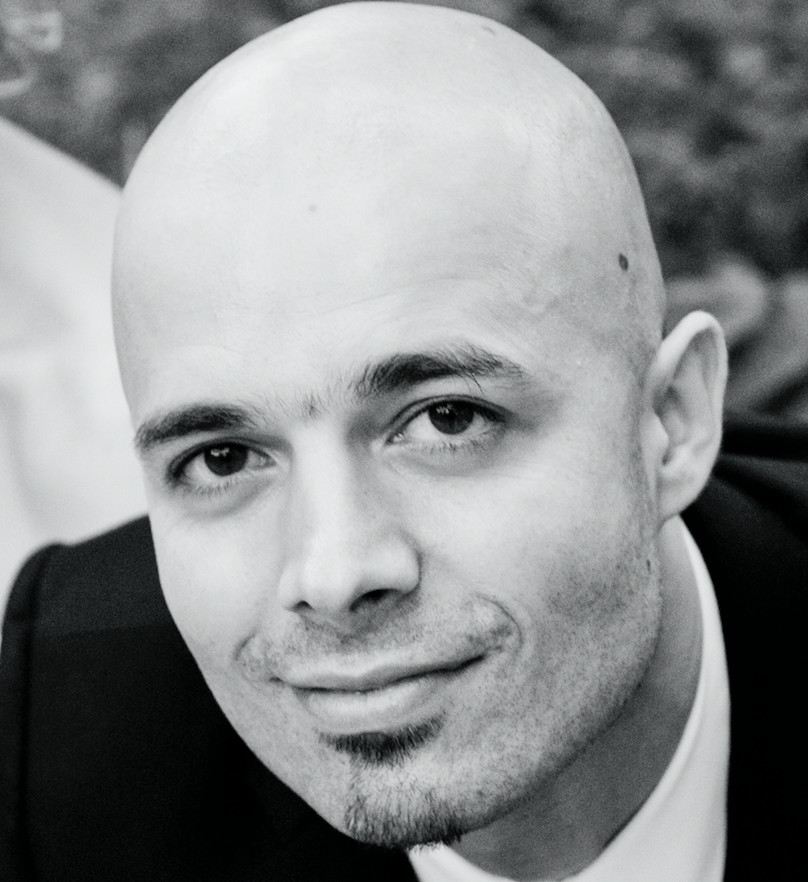How to Develop Good Habits. Part 1: Understand
In my previous post, I shared a free lesson you can use to help kids master difficult concepts faster, which is something they can use to make their school experience less frustrating and more rewarding.
In my next two articles, I want to share with you a strategy that works well for developing good study, work, or life habits.
As habits are automatic behaviors, we rarely think about them. We just "do" them. That's the first problem we face - we don't take the time to identify our detrimental habits. The second problem is we don't devise clear plans to change because of this limited introspection and lack of expertise on how to even begin. You might know from experience that telling yourself I'll try to do better tomorrow rarely works.
To develop good habits you must first identify your bad habits. Next, you must identify the "opposite" habits - good habits that contrast the bad ones. Then, you must come up with an effective plan to replace a bad habit with a good one. Finally, you must do it consistently until you achieve "automation."
The images below show a lesson I use in my Learning to Study Effectively class to help high school students identify and understand their habits.
I usually start with a short activity (not written on the document) asking each student to write down 5 ineffective school, study, or lifestyle habits they have, share them with a group of peers, and list the ones most or all of them struggle with. This is followed by each group using a representative to quickly share and explain their bad habits. This is engaging because students like learning about themselves and they realize that many of their peers experience the same struggles.
When the discussion is over, I ask the students to read actively (another strategy I teach), use the checklist provided in the reading to check off and add any unlisted bad habits they identified, and summarize the key points of the reading.
Finally - and this is the most important part - I ask them to apply what they learned.
First, they identify the effective learning habits which helps them realize things "aren't so horrible."
Second, they list habits that slow down or prevent their learning which helps them specify what they need to work on.
Third, they work in small groups to research, write a script, and record a short video on habits. Communicating in this way helps them better understand what habits are, how they form, why they are so darn difficult to change, and begin identifying the things they can do to start developing more effective habits.
Fourth, they reflect on what they learned and self-assess their understanding of their own patterns.
Notice that the majority of time is spent processing information (reflecting, communicating, designing, creating etc.) not receiving it.
The lesson above is one of the two lessons on habits I use with my students. I included this lesson, and Lesson 21 - Changing Your Habits, in my new book Crush School Student Guide: Learn Faster, Study Smarter, Remember More, and Make School Easier.
There are 64 more such lessons in the book. The skills taught are:
- Setting academic goals
- How the brain learns and how to use it effectively
- Active reading, learning, and note-taking
- Completing projects effectively
- Creating, practicing, and delivering engaging presentations
- Faster learning
- Memory techniques
- Focus
- Listening better
- Creativity
- Critical thinking
- Multiple study and test practice techniques
- Teamwork
- Mastering difficult concepts, and more...
Please feel free to use the Understanding Your Habits Lesson in any way you want. It is my gift to you. It can help anyone understand their habits so they can start working on changing them. You can download the Free PDF copy here.
My next post will feature the "Changing Your Habits" lesson, so that you have the complete set you can use to teach your students or children about habit development and show them how to take action on developing more effective habits.
The book comes out on Amazon this Friday. You can pre-order it here.
Here are the FREE Bonuses it comes with:
BONUS 1: PDF copy of my book Crush School 2: 10 Study Secrets Every High Schooler Should Know
BONUS 2: Project Completion Template PDF (with directions)
BONUS 3: Create a Killer Presentation Template (with directions)
BONUS 4: Cush Tests Checklist
If you're not sure if the book is for you, don't buy it until you know you or your kids can use it. I will continue sharing different lessons I created for it in my future posts and you can decide then.
As always, I am grateful for your time.
Oskar
You have the power to change lives. Use it often so they can change the world.
Hi! I'm Oskar.
I teach, write, speak, rant to make learning better.
BOOKS & TOOLS
- August 2024 2
- July 2024 2
- June 2024 1
- October 2023 1
- September 2023 3
- August 2023 6
- July 2023 6
- July 2022 2
- June 2022 1
- November 2020 3
- October 2020 3
- April 2020 1
- March 2020 5
- July 2019 1
- June 2019 1
- April 2019 1
- January 2019 1
- November 2018 3
- October 2018 2
- September 2018 1
- August 2018 8
- July 2018 11
- June 2018 4
- May 2018 5
- April 2018 2
- March 2018 4
- February 2018 5
- January 2018 3
- December 2017 1
- November 2017 5
- October 2017 7
- September 2017 6
- August 2017 5
- July 2017 3
- June 2017 10
- May 2017 7
- April 2017 7
- March 2017 15
- February 2017 12
- January 2017 13
- December 2016 15
- November 2016 8
- October 2016 7
- September 2016 12
- August 2016 14
- July 2016 10
- June 2016 13
- May 2016 10
- April 2016 8
- March 2016 5
- February 2016 7
- January 2016 6
- December 2015 5
- November 2015 8
- October 2015 2












